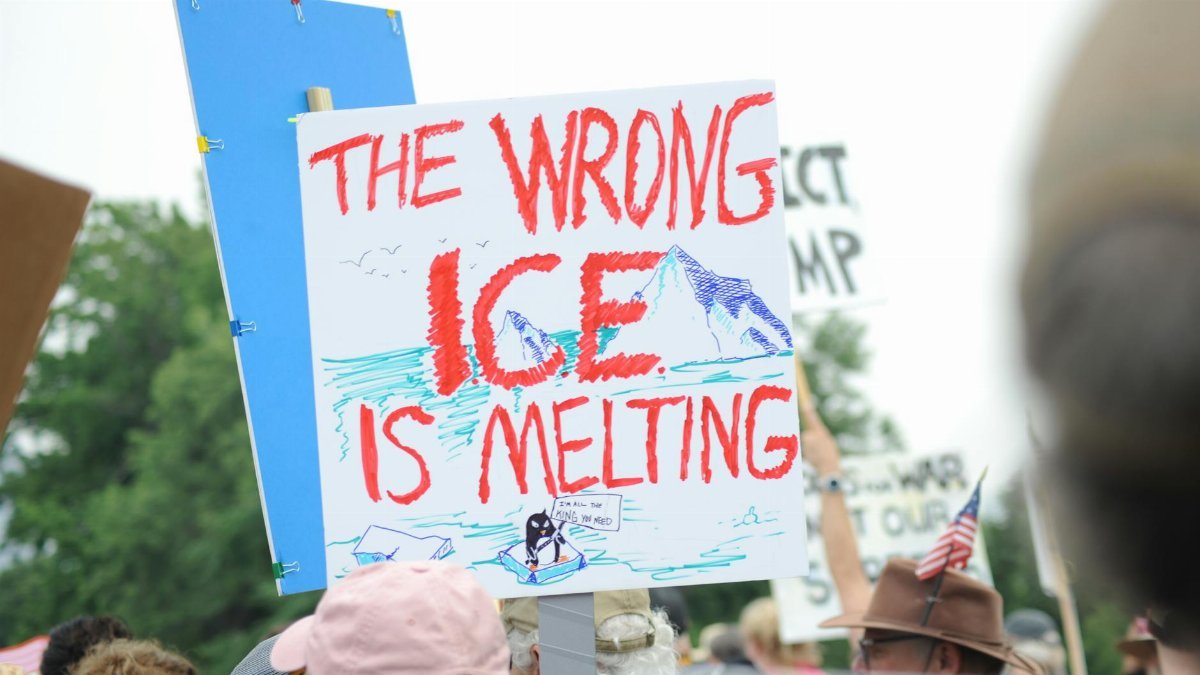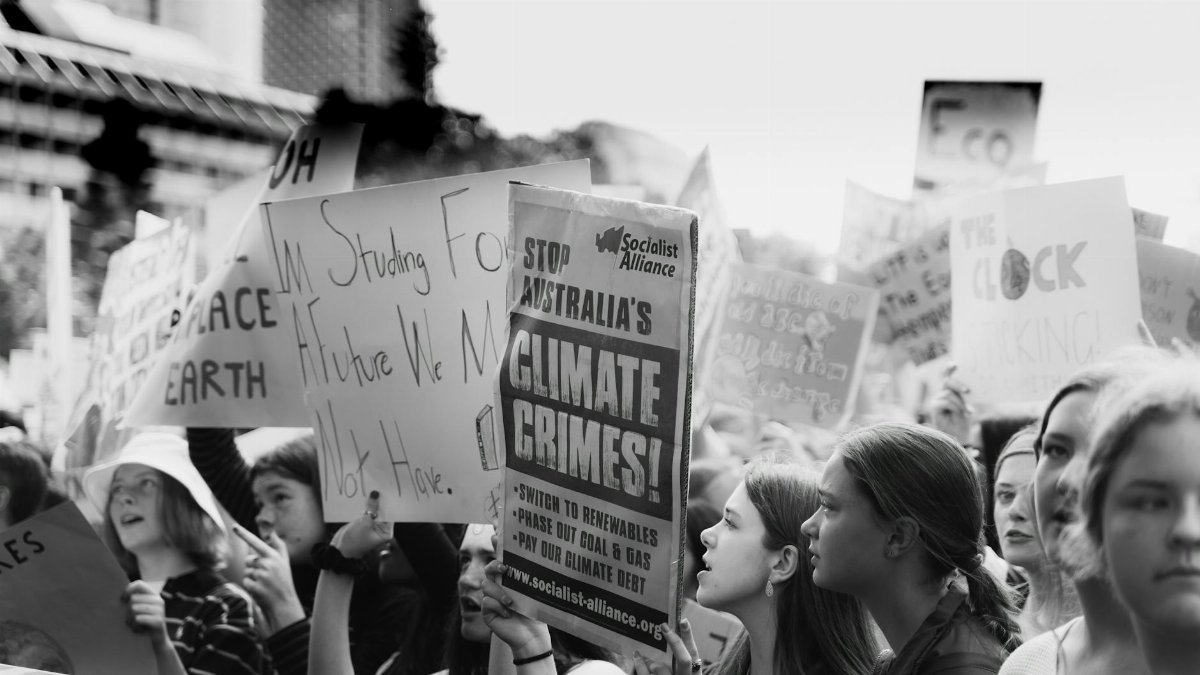In a striking development, Virginia crisis teams are reshaping mental health response across the state. A June 2025 interim report on a $35 million appropriation from 2024 reveals that 27 new mobile-crisis teams have slashed police involvement in mental health transports by an impressive 38% statewide. This shift signals a major pivot toward specialized care over traditional law enforcement intervention. As lawmakers eye an additional $15 million for rural coverage in FY 2027, the impact of these teams is becoming a focal point in Virginia’s approach to mental health crises.
A Game-Changing Reduction in Police Involvement

The interim report released in June 2025 paints a clear picture: Virginia’s investment in mobile-crisis teams is paying off. With 27 new units deployed across the state, the 38% drop in police transports for mental health calls marks a significant departure from past practices. These teams, staffed by trained professionals, are stepping in where officers once took the lead, offering a more tailored response to individuals in distress. The data suggests a safer, more effective system is emerging.
How the $35 Million Appropriation Fueled Change

Last year’s $35 million allocation, approved in 2024, laid the groundwork for this transformation. The funds enabled the creation of the mobile-crisis teams, equipping them to respond directly to mental health emergencies. By intervening early, these units are not only reducing the burden on law enforcement but also ensuring that individuals receive care from professionals trained to handle such situations. This financial commitment reflects Virginia’s push to rethink crisis response on a systemic level.
Why the Drop in Transports Matters

A 38% reduction in police transports isn’t just a number—it’s a lifeline. When law enforcement handles mental health calls, outcomes can be unpredictable, sometimes escalating tensions unnecessarily. Virginia crisis teams, by contrast, bring de-escalation skills and mental health expertise to the forefront. This shift means fewer people are funneled into emergency rooms or jails and more are connected to appropriate care. The statistic underscores a broader movement toward compassion-driven intervention.
Rural Communities in the Spotlight

While the statewide impact is undeniable, gaps remain. Rural areas of Virginia often lack the resources and infrastructure to support robust crisis response. Lawmakers are now considering a $15 million boost in FY 2027 to expand mobile-crisis coverage to these underserved regions. If approved, this funding could bridge critical disparities, ensuring that geography doesn’t dictate access to mental health support. The proposal highlights the state’s recognition of uneven challenges across its diverse landscape.
Aligning with National Trends

Virginia’s efforts mirror a growing national focus on mental health crisis response. Across the U.S., states are grappling with how to reduce police involvement in non-violent calls, especially after high-profile incidents have exposed the risks. Programs like the 988 Suicide & Crisis Lifeline, launched nationwide in 2022, complement local initiatives such as Virginia crisis teams. For more on national trends, see resources from the Substance Abuse and Mental Health Services Administration (SAMHSA).
Challenges Ahead for Expansion

Despite the early success, scaling up isn’t without hurdles. Training enough qualified staff, securing sustainable funding, and coordinating with existing emergency services are just a few of the obstacles Virginia faces. The proposed $15 million for FY 2027 is a start, but experts caution that rural deployment brings unique logistical issues, from vast distances to limited local infrastructure. Addressing these will be key to maintaining the momentum seen in the 2025 interim report.
Broader Implications for Mental Health Policy

The success of Virginia’s mobile-crisis teams could set a precedent for other states. With mental health crises on the rise nationwide, as noted in reports from the Centers for Disease Control and Prevention (CDC), innovative models like this offer a blueprint. Reducing reliance on police for mental health calls not only frees up law enforcement for other duties but also prioritizes dignity and care for those in crisis. Virginia’s experiment may inspire a wave of reform.
What’s Next for Virginia

As the state awaits final decisions on the FY 2027 budget, the future of mobile-crisis teams hangs in the balance. The interim report has provided hard evidence of their value, but sustained investment will determine whether the 38% reduction in police transports becomes a permanent fixture. Advocates argue that expanding access, especially in rural areas, isn’t just a policy choice—it’s a moral imperative. For now, Virginia stands at a crossroads in redefining crisis response.
